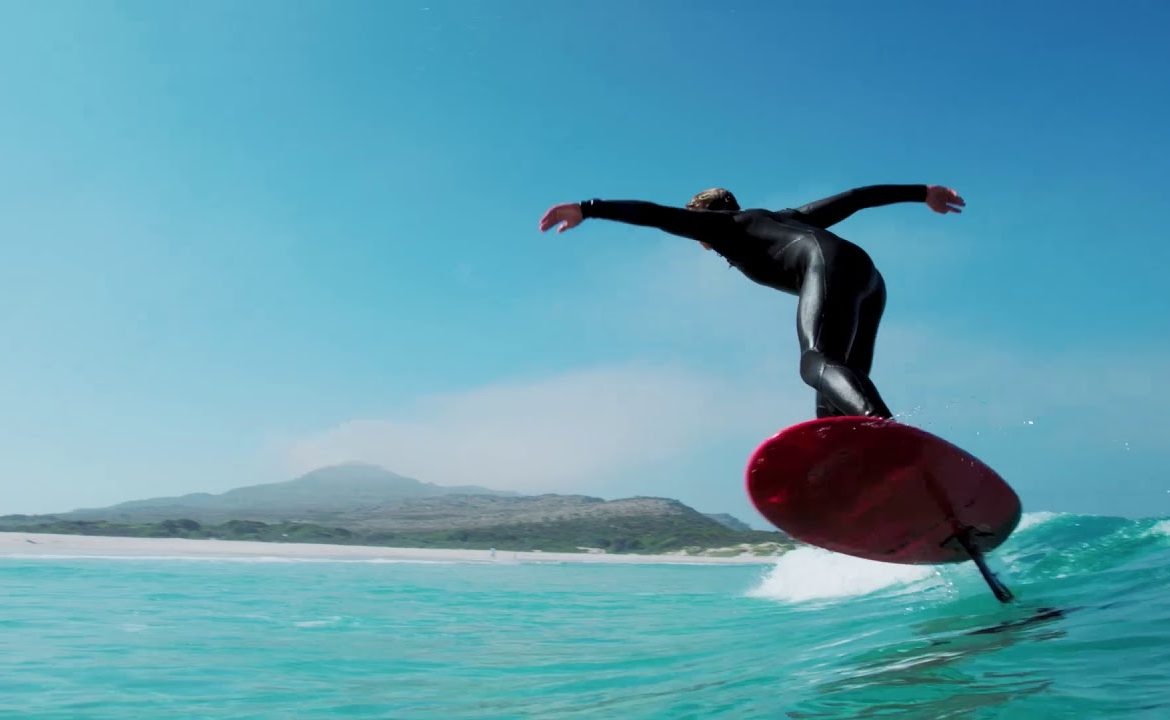Insanely cool and seemingly effortless to master, hydrofoil surfing requires a good baseline understanding of how a takuma foil surfboard works and a decent understanding of surfing. A hydrofoil and a foil board are completely different animals. But both are designed to react to the water, to lift you out rather than push you back down. The hydrofoil consists of the following parts and is governed by the following physics:
As part of the takuma foil surfboard, there are four elements: the mast, the fuselage, the front wing, and the back wing. The mast is the piece that extends perpendicular to the fuselage, which extends horizontally with the wings on either side. It is usually attached to the bottom backend of the board, where the fins usually reside. Compared to the back wing, which serves as a stabilizer, the front wing is much larger, with a thick, curved design resembling a fender and a thin trailing edge before eventually becoming flat on top. This setup can be easily visualized by imagining an aeroplane without the cabin and fan wings. Imagine it’s attached to a surfboard-style board via a thick, rectangular mast.

Hydrofoil boards are complicated physics toys due to several scientific laws explaining why they can independently stand and move above the water. Water accelerates downward beneath the front wing because of the curved top and the fact that the wing glides upwards through the water. According to Newton’s third law, there are also equal and opposite reactions to every action. As a result, you are lifted out of the water by the upward force caused by the water shooting downward. The foil surfing philosophy combines hydrodynamics, inertia, kinetic energy, and the rider’s shifting weight atop the board to produce a powerful combination. Here is another video to help make sense of it.
Traditional vs foil surfing
Traditional surfing is very different from foil surfing, as we mentioned earlier. Among foil surfing’s greatest advantages is its efficiency when it comes to catching waves. You can catch almost any type of wave with a foil board, but they are particularly useful for smaller waves and slop that you wouldn’t go out for otherwise. As a result, we’ll be on the water for longer. You catch multiple waves without ever having to come down when you learn how to “pump” the board. Riding longer than you could on a traditional surfboard is possible. When you pump the foil board through flat water or back into the surf to catch your next ride, you transfer energy to the foil board through a rhythmic movement of weight shifting.

